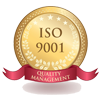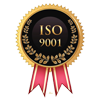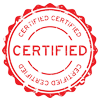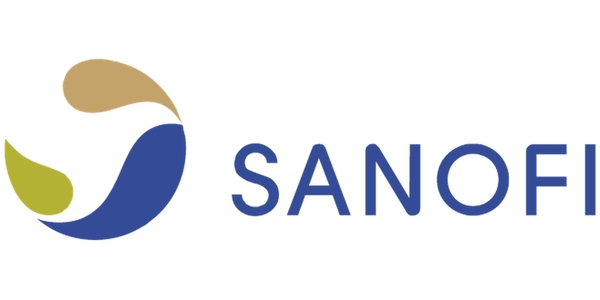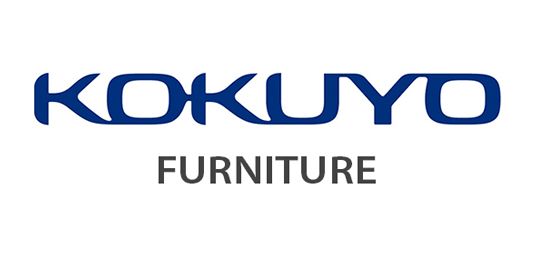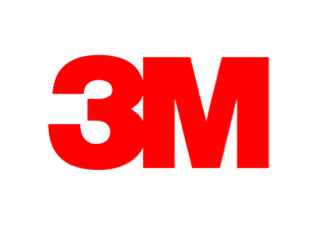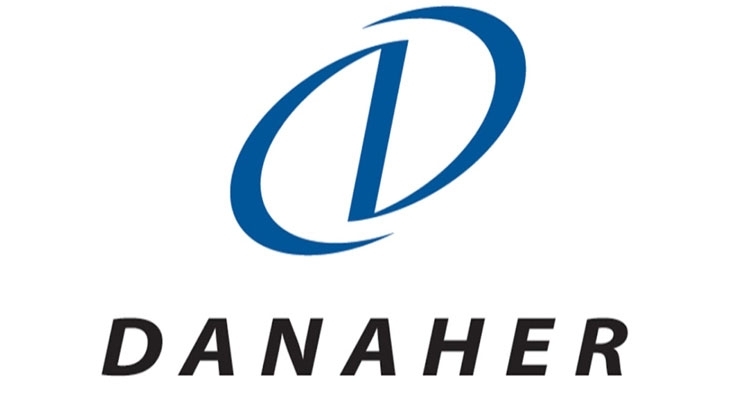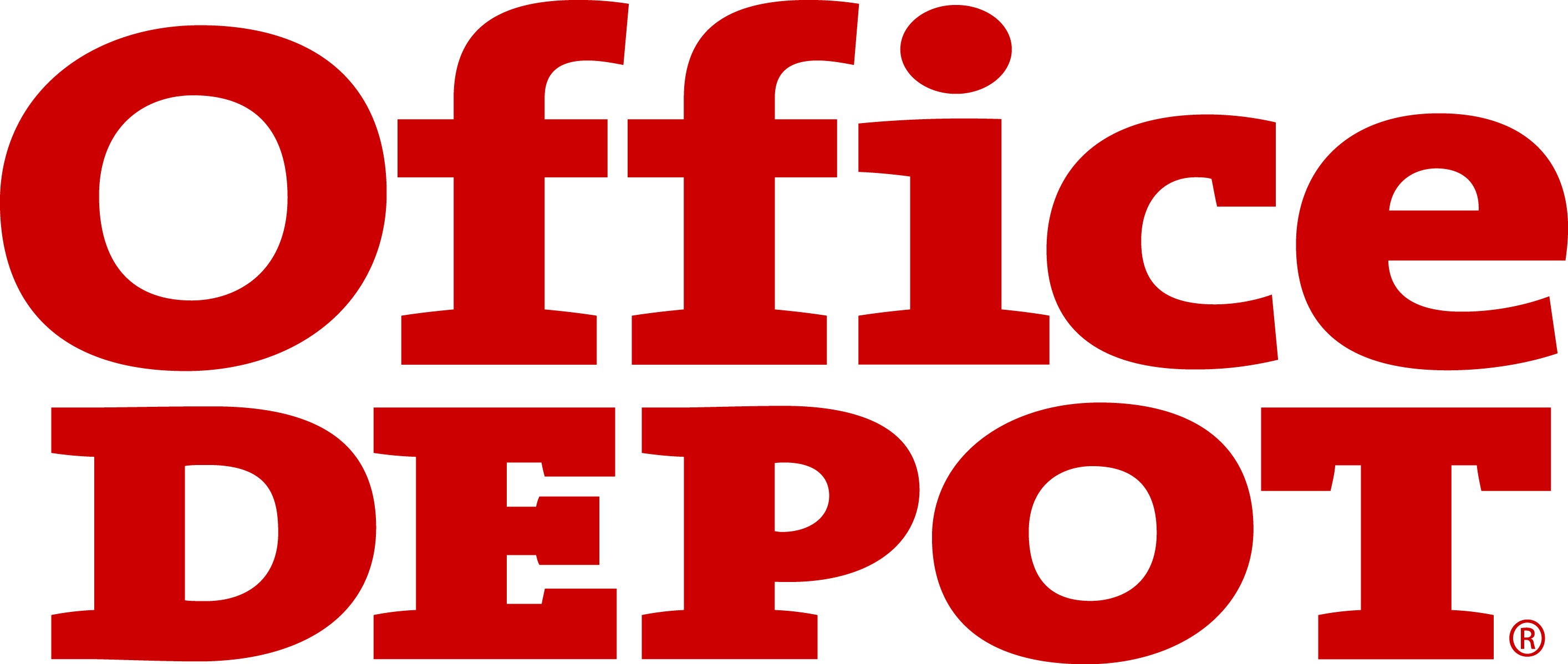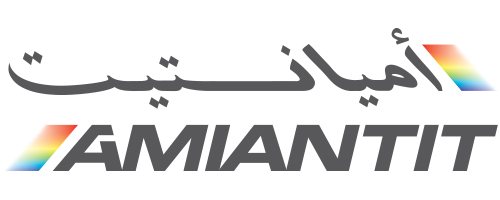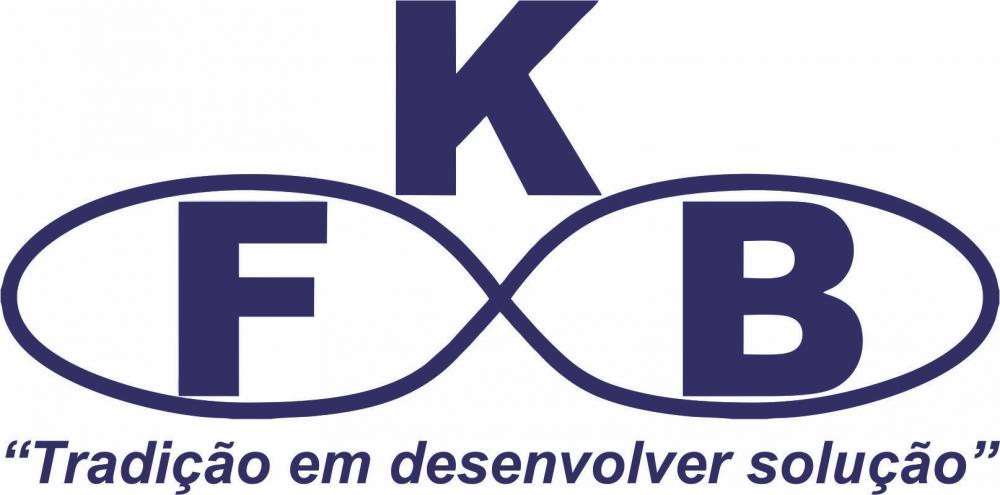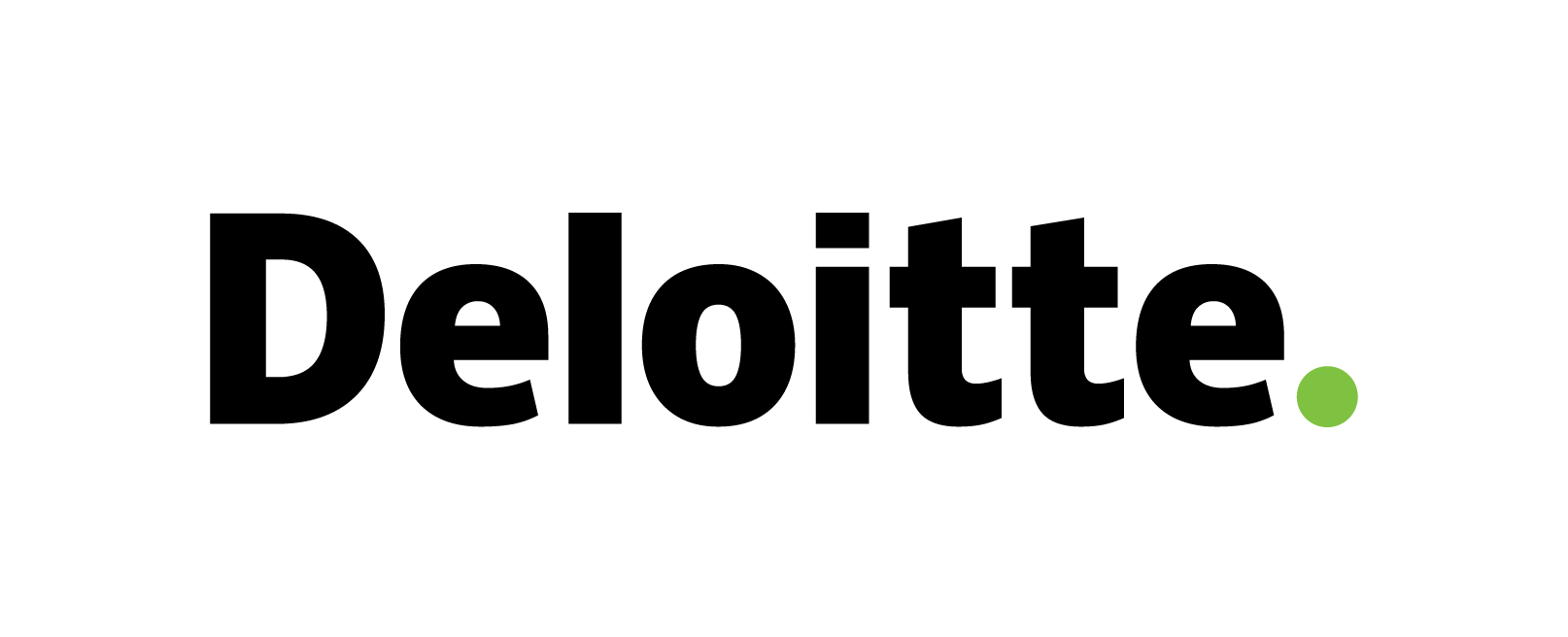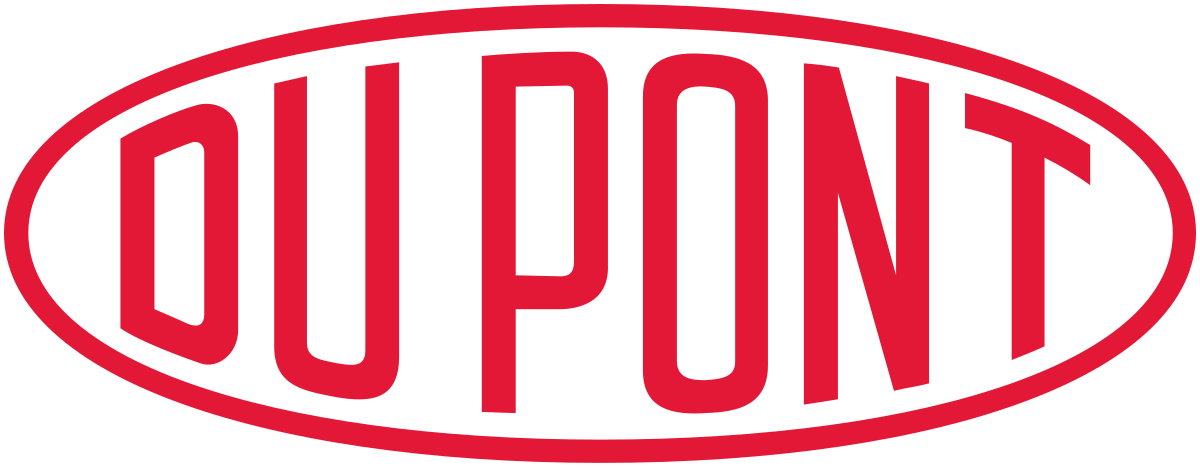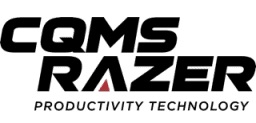Biobased Epoxy Nanocomposites Market: Global Share, Size, Growth, Trends & Outlook ( 2023 – 2032 )
Biobased Epoxy Nanocomposites Market
The market for biobased epoxy nanocomposites is expected to witness significant growth in the coming years due to a variety of factors. One of the major drivers is the increasing demand for sustainable and environmentally-friendly materials. As consumers and companies become more aware of their impact on the environment, there is a growing demand for materials that are made from renewable resources and have a lower carbon footprint. Biobased epoxy nanocomposites meet these criteria as they are derived from renewable resources and offer better performance than conventional epoxy resins. The global Biobased Epoxy Nanocomposites market was valued at approximately $395.13 million in 2022 and is projected to succeed in $1.4 billion by 2032, with a compound annual rate of growth (CAGR) of 14.2% during the forecast period (2023-2032). Some of the key players in the global biobased epoxy nanocomposites market include Mitsui Chemicals, Inc., Hitachi Chemical Co. Ltd., TOAGOSEI CO., LTD., Total Cray Valley, Nanocor, Huntsman Corporation, Lanxess AG, RTP Company, NatureWorks LLC and Biovia.
Biobased Epoxy Nanocomposites Insights
Biobased epoxy nanocomposites are innovative materials that combine biobased epoxy resins derived from renewable resources with nanoscale fillers to enhance their properties. This advanced composite material finds application in several industries, including construction, aerospace, automotive, and electronics, where superior mechanical, thermal, and barrier properties are required. The biobased epoxy nanocomposites market presents an opportunity to capitalize on the sustainable and eco-friendly nature of these materials, which aligns with the growing demand for environmentally conscious products. Incorporating nanoscale fillers into biobased epoxy resins improves their mechanical, thermal, and barrier properties. As a result, biobased epoxy nanocomposites exhibit superior strength, stiffness, and durability, with decreased permeability to gases and liquids.
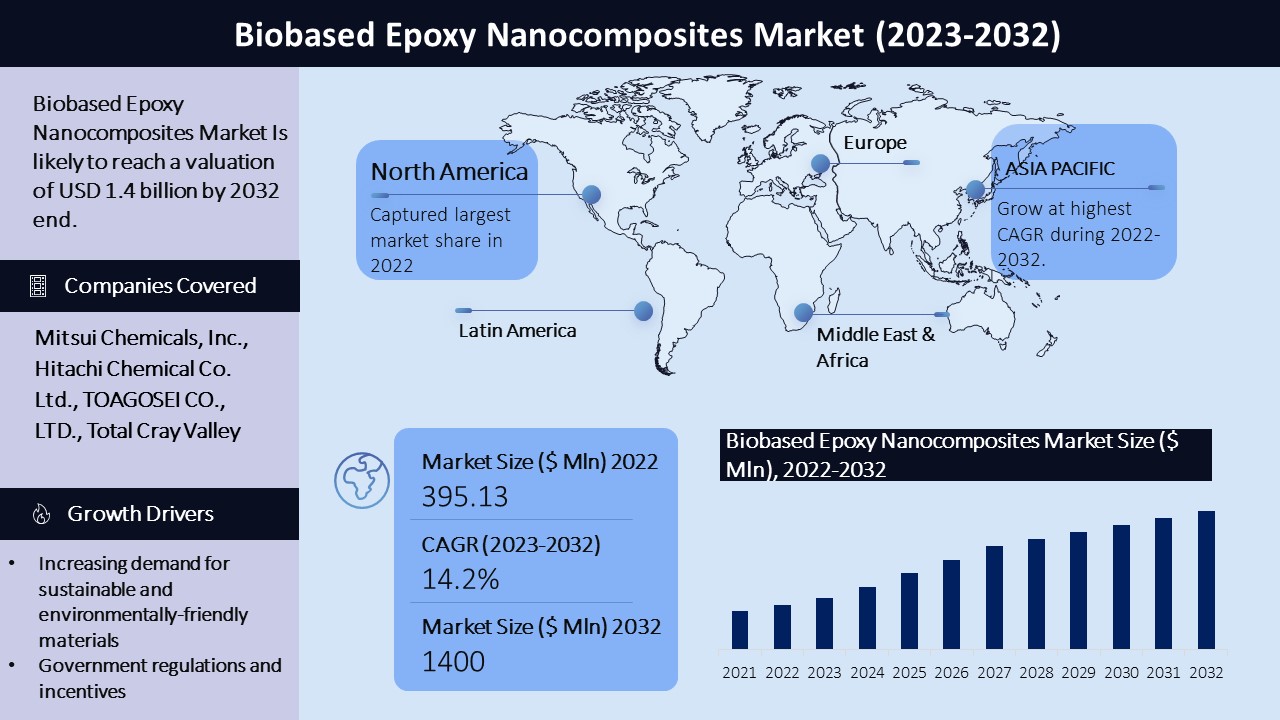
Biobased Epoxy Nanocomposites Market Key Driving Factors
There are several driving factors contributing to the growth of the biobased epoxy nanocomposites market:
- Increasing demand for sustainable and environmentally-friendly materials: As consumers and companies become more conscious of their environmental impact, there is a growing demand for materials made from renewable resources.
- Government regulations and incentives: Governments around the world are enacting regulations and offering incentives to reduce carbon footprints and promote the use of sustainable materials, which is driving demand for biobased epoxy nanocomposites.
- Advancements in nanotechnology: The incorporation of nanomaterials into biobased epoxy resins improves the material properties, such as strength and durability, making them suitable for a wide range of applications.
- Cost competitiveness: With increasing production volumes and improvements in manufacturing processes, the cost of biobased epoxy nanocomposites is becoming more competitive with traditional materials.
- Growing end-use industries: Biobased epoxy nanocomposites are used in a wide range of industries, including construction, aerospace, automotive, and electronics. As these industries continue to grow, the demand for these materials will also increase.
Biobased Epoxy Nanocomposites Market Key Trend & Development
There are several key trends and development in the field of the biobased epoxy nanocomposites market:
- Development of Bio-Based Nanofillers: Recent developments in bio-based nanofillers have led to the development of biobased epoxy nanocomposites with superior properties. These bio-based nanofillers are derived from natural sources such as cellulose, starch, and lignin, and offer excellent mechanical, thermal, and barrier properties.
- Rising Adoption in Aerospace and Automotive Industry: Biobased epoxy nanocomposites find increasing applications in aerospace and automotive industries due to their superior mechanical properties, lightweight, and durability. The growth in these industries is expected to drive the demand for biobased epoxy nanocomposites in the coming years.
- Increasing Investments in Research and Development: Key players in the biobased epoxy nanocomposites market are investing heavily in R&D to develop advanced materials with superior properties. These investments are expected to lead to the development of new products and expand the application areas for biobased epoxy nanocomposites.
- Favorable Government Policies: Government policies and regulations supporting the use of sustainable materials are expected to drive the demand for biobased epoxy nanocomposites in the coming years. The favorable policies include tax incentives, subsidies, and mandates that promote the use of eco-friendly materials.
Biobased Epoxy Nanocomposites Market Segmentation
The Biobased Epoxy Nanocomposites market can be segmented based on the following:
- By Type
- Sorbitol Polyglycidyl Ether
- Biobased Carboxylic Acid
- Microfibrillated Cellulose, Others.
- By Application
- Paints & Coatings
- Electrical & Electronics
- Construction
- Adhesives, Others.
- By Geography
- North America (U.S., and Canada)
- Europe (U.K., Germany, France, Italy, Spain, Russia, NORDIC, Rest of Europe)
- Asia-Pacific (Japan, China, India, Indonesia, Malaysia, Australia, Rest of Asia-Pacific)
- Latin America (Mexico, Argentina, Rest of Latin America)
- Middle East and Africa (Israel, GCC North Africa, South Africa, Rest of the Middle East and Africa)
Biobased Epoxy Nanocomposites Market: Report Scope |
|
|
Base Year |
2022 |
|
Base Year Market Size |
$395.13 million |
|
Forecast Year |
2023-2032 |
|
Forecast Year Market Size |
$1.4 billion |
|
CAGR Value |
14.2% |
|
Segmentation |
|
|
Challenges |
|
|
Growth Drivers |
|
Biobased Epoxy Nanocomposites Market Regional Synopsis
North America is expected to have a significant share in the global biobased epoxy nanocomposites market due to the presence of major players in the market and increasing demand for sustainable materials in the region. The U.S. and Canada are the major countries contributing to the growth of the market in this region. By 2032, the market is predicted to be worth $487.92 million, growing at a CAGR of 15.2% (2023-2032) against an earlier estimation of worth $118.53 million in 2022.
Europe is also expected to have a significant share in the global biobased epoxy nanocomposites market. The market in this region is driven by the increasing demand for sustainable materials and the presence of major players in the market. Germany, the United Kingdom, and France are the major countries contributing to the growth of the market in this region. By 2032, the market is predicted to be worth $366.1 million, growing at a CAGR of 14% (2023-2032) against an earlier estimation of worth $98.78 million in 2022.
Asia Pacific is expected to be a rapidly growing market for biobased epoxy nanocomposites. The market in this region is driven by the increasing demand for sustainable materials and the presence of a large number of manufacturers in the region. China, Japan, and South Korea are the major countries contributing to the growth of the market in this region. By 2032, the market is predicted to be worth $494.98 million, growing at a CAGR of 19% (2023-2032) against an earlier estimation of worth $86.92 million in 2022.
Although the marketplace for biobased epoxy nanocomposites in Latin America is comparatively small, it's anticipated to expand significantly within the coming years By 2032, the market is predicted to be worth $171.28 million, growing at a CAGR of 12.8% (2023-2032) against an earlier estimation of worth $51.36 million in 2022.
The Middle East and Africa is expected to have a small share in the global biobased epoxy nanocomposites market. The market in this region is driven by the increasing demand for sustainable materials. South Africa and Brazil are the major countries contributing to the growth of the market in this region. By 2032, the market is predicted to be worth $102.47 million, growing at a CAGR of 10% (2023-2032) against an earlier estimation of worth $39.51 million in 2022.
Biobased Epoxy Nanocomposites Market Challenges
Despite the growth prospects of the biobased epoxy nanocomposites market, several challenges could impact the development and commercialization of biobased epoxy nanocomposites:
- High cost of raw materials: Biobased epoxy resins are derived from renewable sources, such as plant-based oils, and they require a significant amount of processing to produce. This processing can add to the cost of the materials, making them more expensive than traditional petroleum-based resins.
- Limited availability of biobased raw materials: Biobased raw materials for epoxy resin production are not widely available, which can make it difficult for manufacturers to source the materials they need.
- Limited processing and manufacturing capabilities: Many manufacturers of biobased epoxy nanocomposites lack the processing and manufacturing capabilities needed to produce these materials on a large scale.
- Limited awareness: Limited awareness is a significant challenge faced by the biobased epoxy nanocomposites market. While biobased epoxy nanocomposites offer superior properties compared to traditional petroleum-based resins, many customers and end-users are not aware of the benefits of these materials.
- Quality control: Biobased epoxy nanocomposites are a new and emerging material, and there is a lack of standardization in the industry. This can make it difficult to ensure consistent quality control of these materials.
Biobased Epoxy Nanocomposites Market Key Players
Several key players exist in the biobased epoxy nanocomposites market. Some of the major players in the market include:
- Mitsui Chemicals, Inc.
- Hitachi Chemical Co. Ltd.
- TOAGOSEI CO., LTD.
- Total Cray Valley
- Nanocor
- Huntsman Corporation
- Lanxess AG
- RTP Company
- NatureWorks LLC
- Biovia

Need Customized Report for Your Business ?
Utilize the Power of Customized Research Aligned with Your Business Goals
Request for Customized Report- Quick Contact -
- ISO Certified Logo -
